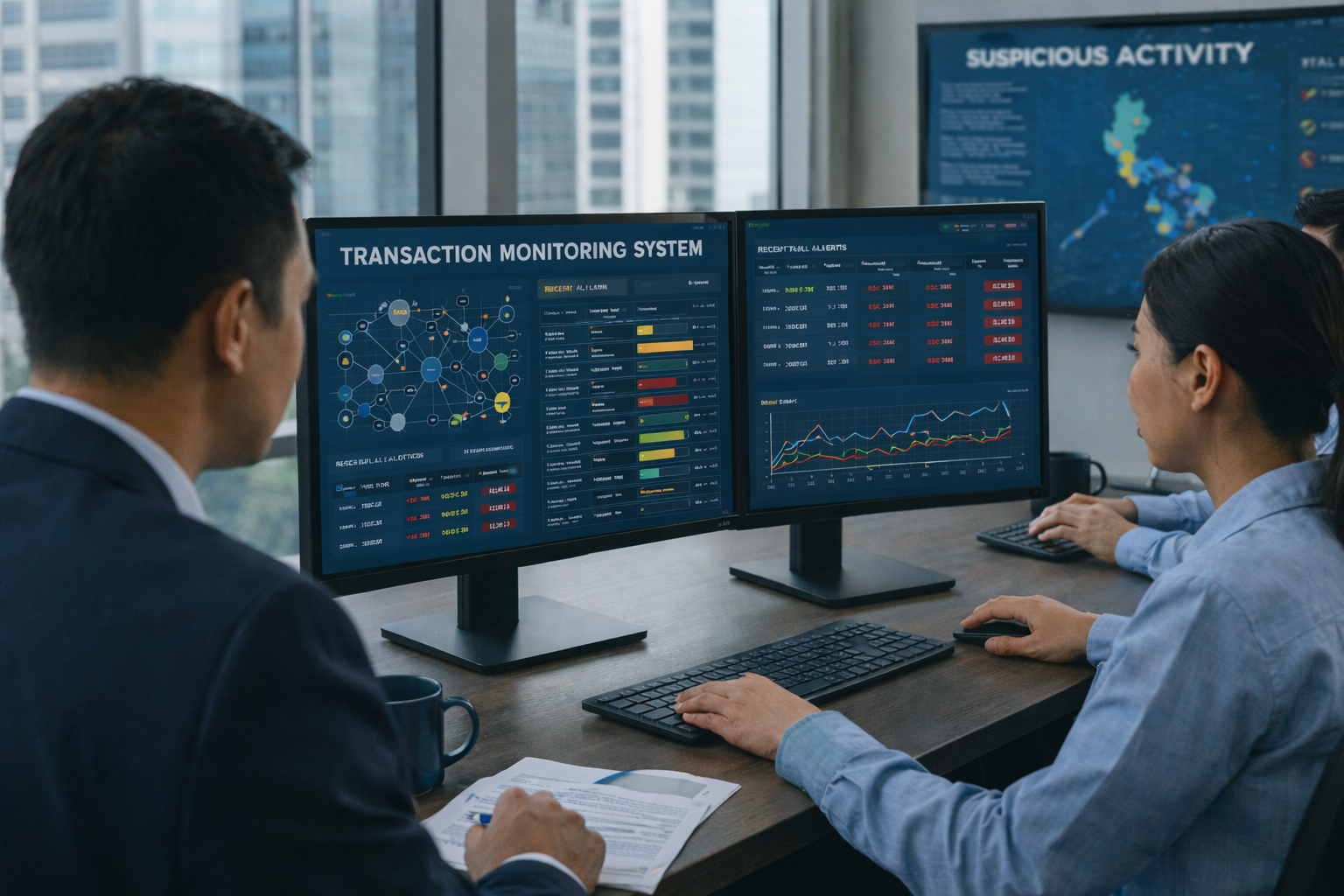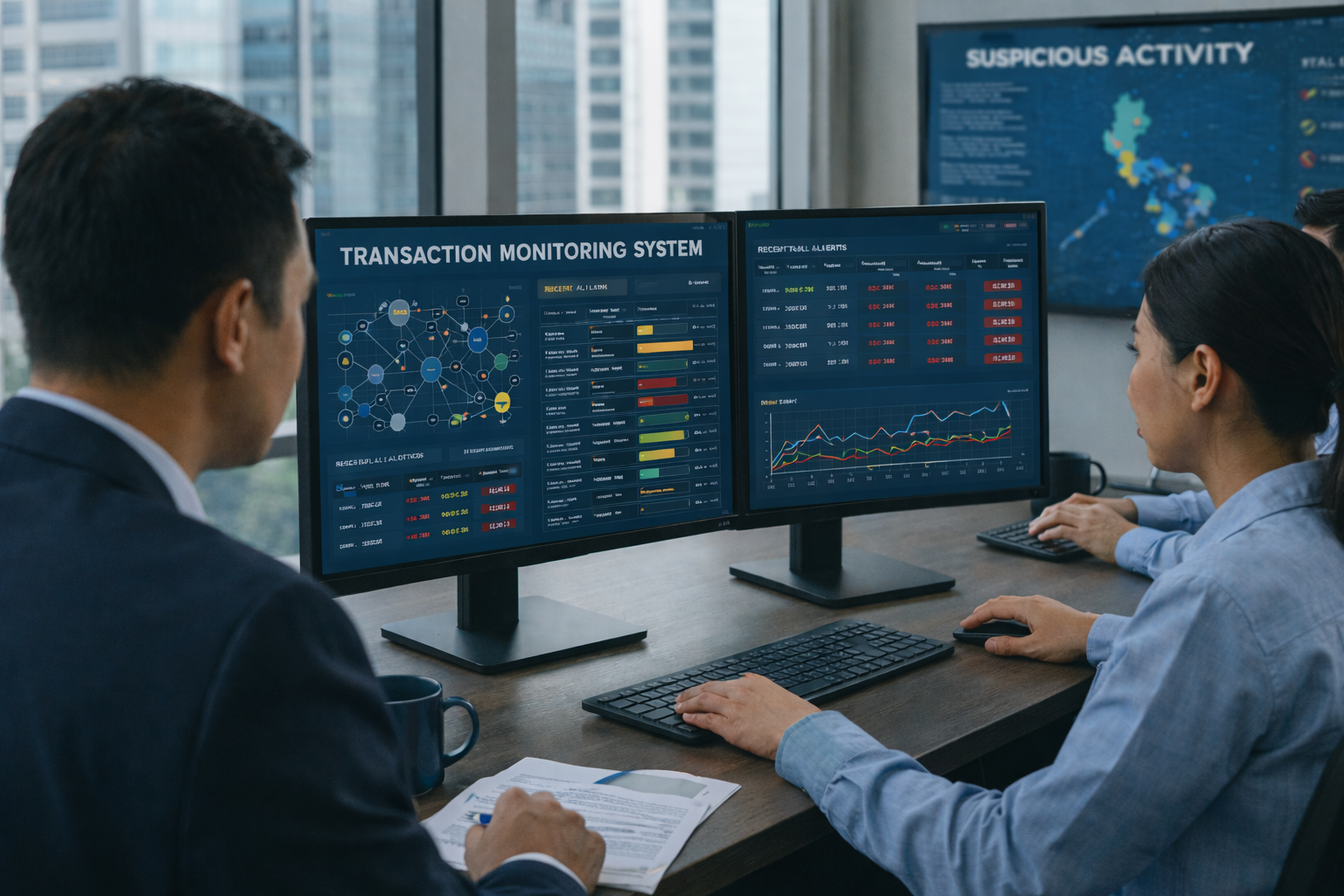Integration in Money Laundering: A Comprehensive View
.svg)
Contents
- The Evolution of Money Laundering Practices
- The Role of Technology in Facilitating Integration
- Techniques used for Integration
- Investing in legitimate business ventures
- Buying real estate or other assets
- Shell companies and offshore accounts
- Trade-based money laundering
- Using Financial Products or instruments
- Returning Money to Central Accounts
- Casino Exchange
- Through Life Insurance Products
- Cryptocurrency
- Detecting Integration of Funds
- KYC Checks
- Customer Due Diligence
- Transaction Monitoring
- Screening and Risk Scoring
- How can Tookitaki help prevent Integration?
Money laundering is a complex and ever-evolving crime that poses significant challenges to the global financial system. One of the crucial stages in the money laundering process is integration, where illicit funds are seamlessly merged with legitimate assets to further obscure their origin. This article delves into the myriad ways in which integration occurs, the role of technology in facilitating this process, and highlights the importance of detecting integration to prevent money laundering activities.
The Evolution of Money Laundering Practices
Over the years, money laundering techniques have evolved to become more sophisticated and elusive. Initially, money launderers relied on simple methods such as smurfing or structuring cash deposits to avoid detection. However, advancements in technology and globalization have enabled criminals to exploit various avenues for integration.
One significant development in the realm of money laundering is the rise of virtual currencies like Bitcoin. These digital currencies provide a level of anonymity that traditional financial systems do not offer, making them an attractive option for illicit activities. Criminals can easily transfer funds across borders without the need for intermediaries, making it challenging for law enforcement agencies to track and trace these transactions.
Furthermore, the emergence of online platforms and the dark web has created new opportunities for money launderers to conceal the origins of illicit funds. Through online marketplaces and anonymous forums, criminals can exchange dirty money for clean assets such as luxury goods or real estate, effectively laundering their proceeds while remaining hidden from authorities.
The Role of Technology in Facilitating Integration
Technology has played a crucial role in facilitating the integration of illicit funds. With the rise of online banking and digital payment systems, criminals have found new ways to blur the lines between legitimate and illicit transactions. The use of anonymous online platforms and cryptocurrencies has made it increasingly difficult for authorities to trace the flow of funds.
Moreover, the advancements in financial technology have also enabled money laundering through complex networks of shell companies and offshore accounts. These sophisticated schemes often involve multiple layers of transactions across different jurisdictions, making it challenging for law enforcement agencies to unravel the illicit activities. The use of artificial intelligence and machine learning algorithms by criminals further complicates the detection process, as these technologies can be used to disguise the true origin of funds.
As technology continues to evolve, so do the methods used by criminals to exploit it for money laundering purposes. The integration of illicit funds into the legitimate financial system poses a significant threat to global security and stability, highlighting the need for enhanced regulatory measures and international cooperation to combat financial crimes effectively.
Techniques used for Integration
Integration can occur through multiple methods, each tailored to suit the specific needs of money launderers. One common technique is investing in legitimate business ventures. By purchasing or starting a seemingly legitimate business, criminals can channel illicit funds into the regular cash flow of the enterprise, effectively blending them with lawful profits.
For example, a money launderer might acquire a chain of restaurants. On the surface, these establishments appear to be thriving businesses, generating substantial revenue from customers. However, behind the scenes, the profits from these restaurants are not solely derived from the sale of food and beverages. Instead, a portion of the earnings comes from the integration of illicit funds, seamlessly mingling with legitimate income.
Another avenue for integration is the acquisition of real estate or other valuable assets. Properties, expensive works of art, and luxury goods can easily absorb large sums of illicit money, providing a veneer of legitimacy.
Consider a scenario where a money launderer purchases a luxurious mansion in an upscale neighborhood. The property becomes a symbol of wealth and success, attracting attention and admiration from the community. Unbeknownst to onlookers, the funds used to acquire the mansion originated from illegal activities. By investing in such high-value assets, money launderers can effectively launder their ill-gotten gains while appearing to be legitimate investors.
Shell companies and offshore accounts have long been synonymous with money laundering. By establishing opaque corporate structures and utilizing offshore jurisdictions, criminals can obfuscate the true beneficiaries of funds, making them virtually untraceable.
Imagine a complex network of shell companies spread across different tax havens. These entities serve as a web of confusion, making it nearly impossible for authorities to follow the money trail. Funds are shuffled between accounts, routed through multiple jurisdictions, and hidden behind layers of legal entities. The result is a tangled mess that leaves investigators scratching their heads, unable to determine the true origin and destination of the funds.
Trade-based money laundering is another prevalent method of integration. By manipulating trade invoices or over/under-invoicing goods and services, criminals can move funds across borders while disguising their illicit origins.
Let's say a money launderer operates a seemingly legitimate import-export business. On paper, the company engages in the trade of goods with various international partners. However, behind the scenes, the invoices are inflated or deflated, creating an illusion of legitimate transactions. Through this manipulation, the launderer can move illicit funds across borders, making them appear as payments for genuine goods and services.
Using financial products or instruments is another avenue for criminals to integrate illicit funds. By investing in stocks, bonds, or other financial instruments, launderers can further obscure their proceeds and pave the way for their eventual re-entry into the legitimate financial system.
Consider a money launderer who strategically invests in a diverse portfolio of stocks and bonds. These investments generate returns, which are then reinvested or mixed with legitimate income. The constantly fluctuating nature of financial markets provides an ideal environment for money launderers to camouflage their illicit funds, making it challenging for authorities to trace the origin of the money.
The emergence of cryptocurrencies has also provided money launderers with new means of integration. The pseudonymous nature of transactions and the ease of converting cryptocurrencies into traditional fiat currencies make them attractive tools for obscuring the origin of illicit funds.
Picture a money launderer who utilizes cryptocurrencies to launder their ill-gotten gains. By conducting transactions through blockchain networks, they can mask their identities and make it difficult for law enforcement agencies to track the flow of funds. Additionally, with the ability to convert cryptocurrencies into traditional currencies through various exchanges, money launderers can further distance themselves from the illicit origins of their funds.
Detecting Integration of Funds
Given the complexities involved in integration, it is essential for financial institutions and regulatory bodies to implement effective measures to detect and prevent money laundering activities. One key aspect of this process is conducting robust Know Your Customer (KYC) checks.
KYC checks involve collecting and verifying detailed information about customers, ensuring that their identities and sources of funds are legitimate. By performing thorough due diligence, financial institutions can mitigate the risk of inadvertently facilitating the integration of illicit funds.
Transaction monitoring is another critical tool in identifying potential integration activities. Financial institutions utilize advanced monitoring systems to detect suspicious transactions based on predefined patterns or anomalies in customer behavior. Regular and systematic monitoring can help flag transactions that exhibit characteristics commonly associated with money laundering.
Screening and risk scoring also play a significant role in detecting integration. By screening customers against watchlists and sanction databases, financial institutions can identify individuals or entities with known association to criminal activities. Additionally, risk scoring algorithms can assess the level of risk associated with each customer, allowing institutions to prioritize their resources for enhanced due diligence and monitoring.
Moreover, technology has revolutionized the way financial institutions detect integration of funds. The advent of artificial intelligence and machine learning has enabled more sophisticated analysis of large volumes of transaction data in real-time. These technologies can identify complex patterns and relationships that may not be apparent through traditional methods, enhancing the effectiveness of anti-money laundering efforts.
Collaboration between financial institutions and regulatory bodies is crucial in combating money laundering. Information sharing and cooperation allow for a more comprehensive view of potential risks and trends across the financial sector. By working together, stakeholders can strengthen their ability to detect and prevent the integration of illicit funds, ultimately safeguarding the integrity of the financial system.
How can Tookitaki help prevent Integration?
Tookitaki, a leading provider of enterprise software solutions, offers advanced technologies to combat money laundering and detect the integration of funds. Their robust artificial intelligence and machine learning algorithms help financial institutions analyze vast amounts of data to uncover hidden patterns and anomalies.
By leveraging cutting-edge technology, Tookitaki enables institutions to enhance their transaction monitoring capabilities, detect potential integration activities, and minimize false positives. Their solutions assist in automating compliance processes, streamlining investigations, and enhancing overall anti-money laundering efforts.
Integration, in the context of money laundering, is a sophisticated process where illicit funds are combined with legitimate assets to conceal their illicit origin. This stage poses a significant challenge for financial institutions and regulatory bodies, as criminals continually evolve their methods to avoid detection. Detecting integration requires a comprehensive approach that goes beyond traditional transaction monitoring and KYC checks.
One of the key aspects of preventing integration is the ability to identify complex patterns and relationships within financial data. This is where Tookitaki's AI-driven solutions excel, as they can analyze large volumes of transactions in real-time, flagging suspicious activities that may indicate integration attempts. By leveraging machine learning algorithms, Tookitaki's software can adapt to new trends and patterns, staying ahead of money launderers' tactics.
In conclusion, integration is a critical stage in the money laundering process where illicit funds are merged with legitimate assets. Criminals employ various techniques, often assisted by technology, to facilitate integration and obscure the origin of illicit funds. Detecting integration requires a multi-faceted approach, incorporating robust KYC checks, transaction monitoring, and sophisticated screening algorithms. Leveraging advanced technologies offered by companies like Tookitaki can significantly enhance financial institutions' ability to prevent money laundering and safeguard the integrity of the global financial system.
As the fight against money laundering becomes increasingly complex, the need for sophisticated and comprehensive solutions has never been greater. Tookitaki's FinCense platform offers an end-to-end operating system of anti-money laundering and fraud prevention tools, designed to meet the challenges highlighted in this article. With our federated learning model and connection to the AFC Ecosystem, FinCense is uniquely equipped to identify and respond to financial crime attacks that may slip through the cracks of traditional systems. Our bundled product suite, including the Onboarding Suite, FRAML, Smart Screening, Customer Risk Scoring, Smart Alert Management (SAM), and Case Manager, provides a robust defense against the integration of illicit funds into the financial system. To ensure your institution remains at the forefront of AML and fraud prevention, and to build an effective compliance program, we invite you to talk to our experts at Tookitaki. Let us help you enhance your transaction monitoring capabilities, streamline your investigations, and safeguard the integrity of your financial operations.
Experience the most intelligent AML and fraud prevention platform
Experience the most intelligent AML and fraud prevention platform
Experience the most intelligent AML and fraud prevention platform
Top AML Scenarios in ASEAN

The Role of AML Software in Compliance

The Role of AML Software in Compliance










